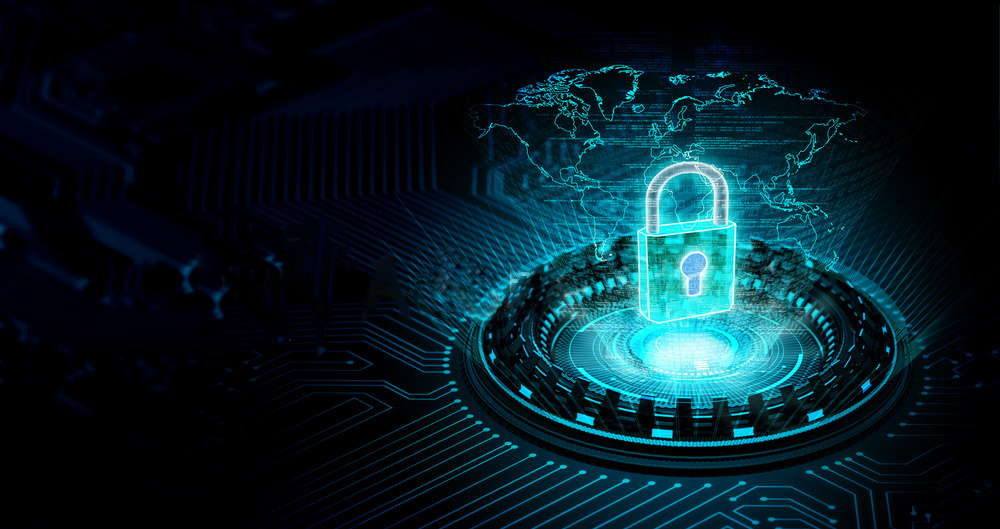
There’s one group that has and continues to benefit from the Covid-19 pandemic. When the world’s governments had no choice but to put their countries on indefinite lockdowns, it meant that the whole world was migrating online. The work-from-home orders & advisories led to a massive surge in virtual learning and remote work. The pandemic also took the world by surprise and shrouded in mysteries and propaganda such that people didn’t know what to believe. That resulted in a sharp spike in web traffic as people frantically sought information concerning the pandemic and its actual implications.
Background to existing SASE alternatives
The Covid-19 pandemic created avenues for malicious actors to strike and infiltrate vulnerable network systems. Many businesses were caught off-guard as they couldn’t possibly foresee themselves moving their operations online in such a drastic and urgent manner. There were increased cases of ransomware and phishing schemes that affected both individuals and organizations that had not proofed their network systems against such attacks.
The FBI’s IC3, a unit charged with the responsibility of investigating cybercrimes, was overwhelmed by the number of cases it received during the period. According to, the deputy assistant director Cyber Division of the FBI, they started receiving between 3,000 and 4,000 daily cybersecurity reports when the pandemic struck.
Cybersecurity companies also registered the highest number of attempted hacks in proportions they had never witnessed in the past. The agencies also noted that malicious actors went after big health agencies, including the WHO. Many of the attacks succeeded since not many organizations had invested in cybersecurity.
According to FBI’s IC3, many of these attacks and malicious operations are extending into 2021. Cybersecurity experts have warned that the threats are imminent and the stakes high. Many businesses are now engaged in a race against time to fend off the ever-increasing hacking threats. Those who have suffered a disastrous data breach are now wiser and don’t want to learn twice from the same experience.
Amid the mayhem and confusion surrounding the migration to digital working and learning platforms, there’s also emerged a solution that could safeguard corporations and organizations against having their infrastructure breached.
What is SASE
Secure access service edge or SASE is also pronounced “sassy.” It’s a concept that before the pandemic, not many organizations treated with the seriousness they’re according to it at the moment. Gartner describes it in great detail in its August 2019 report titled The Future of Network Security in the Cloud.
The current network security infrastructure can’t provide robust protection against threats that are constantly evolving. Many organizations now demand network systems that grant their users continuous access regardless of their location in any part of the world. Simultaneously, these systems must be secure and able to thwart any malicious operators’ attempts to launch ransomware, hacks, or any other kind of security breach.
It’s worth noting that the number of software-as-a-service (SaaS) applications also skyrocketed during the pandemic. That means now more than ever; there’s a high volume of data flow between cloud services and data centers. Due to the SaaS scenario, there’s also a spur in the traffic going to public cloud services and executive branches. The implication here, as noted earlier, is that the conventional methods of network security can’t handle these new developments.
How SASE works
SASE is a convergence of WAN (wide area networking) and other security services, including CASB and FWaaS, into a single service model that’s cloud-delivered. In the August 2019 report, Gartner said that the SASE framework depends on compliance policies, real-time context, risk assessment and identity of identities for the authentication sessions to work. By identity of identities, Gartner clarified that this could refer to applications, people, branch offices, IoT systems, edge computing locations, applications or services. Any other identity that’s not part of its registered identities can’t be granted access and won’t have any other shortcut to bypass the network security protocols.
According to Gartner, come 2024, at least 40% of technology oriented enterprises will have worked out strategic plans of adopting and incorporating SASE into its operations.
Many cybersecurity experts are routing for SASE, given its architecture’s ability to discriminate against users and devices, apply policy-based security, and, best of all, only grant access to the correct data or application. Consequently, organizations get the power to give secure access to their users their location, notwithstanding.
The integration of SD-WAN with other y functions such as the cloud access security broker (CASB), fire as a service (FaaS), secure web access (SWG), and zero-trust network access (ZTNA) is what makes this concept to be protected against all forms of data breaches.
According to Cisco, the SASE supplier delivers the SD-WAN functionality as a cloud-based service, making it possible for the concept to leverage cloud-native security features’ full privileges. It’s therefore convenient to many businesses undergoing digital transformation and depending on cloud-based solutions.